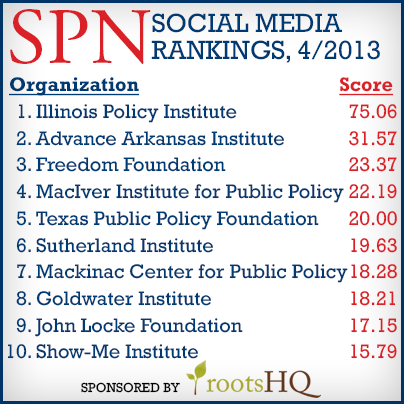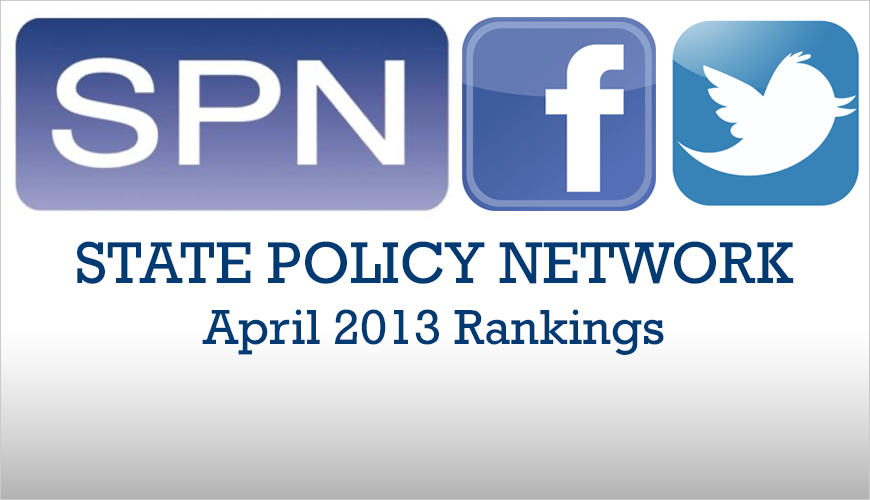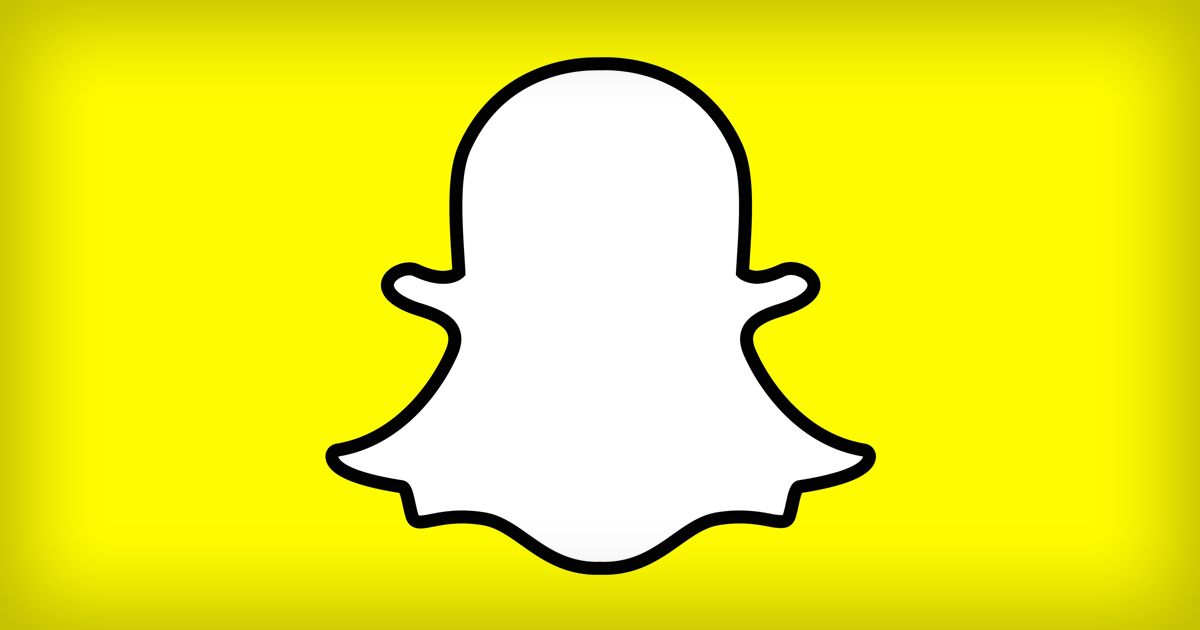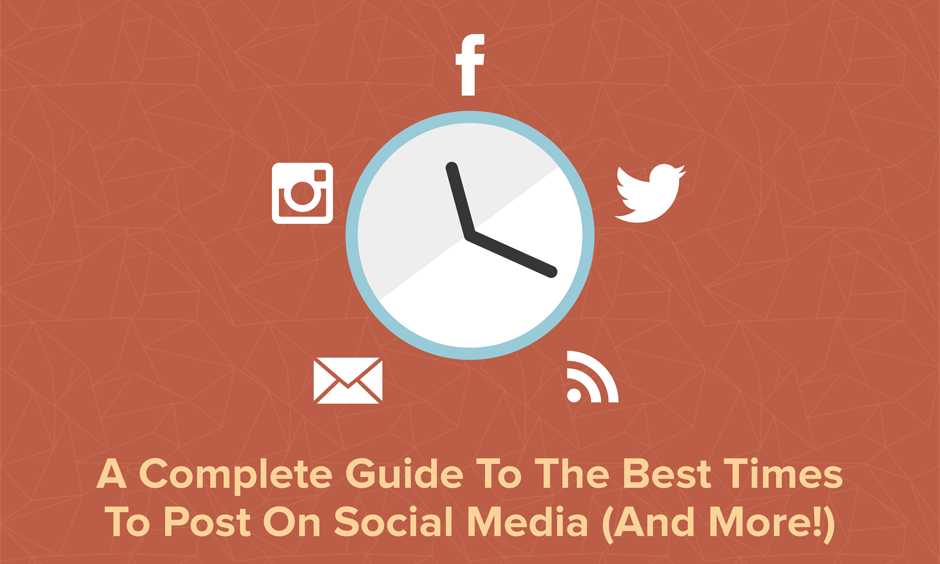Welcome to the new home of the SPN social media rankings! We are consolidating our content under RootsHQ.com in order to make it a more valuable tool for conservative advocacy groups and campaigns to leverage technology.
Many, many thanks to the SPN groups who have reached out about the social media rankings and asked for feedback. There’s a lot of interest within the coalition, and that can only lead to good things across the states.
For those who are interested in how to improve your score, effective social media is really a simple formula:
Audience Size + Engagement = Effective
There are clearly some organizations who have paid for Facebook likes and Twitter follows. This is absolutely not a bad thing, and it’s great to see organizations budgeting for social media ads. But it doesn’t stop there. SPN groups of all sizes are engaging their online community, and those are the ones we see at the top of the SPN rankings.
The Top 10 this month is, once again, topped by the Illinois Policy Institute. They outperform think tanks with larger audiences because they are just so darn good at getting people engaged. When we pulled the numbers, there were 1.797 people talking about IPI on Facebook, or about 37% of their total audience size. The next closest was the Freedom Foundation, who had 680 talking about them. However, the Freedom Foundation has a much larger audience size than IPI, so that number only represents about 8% of their total audience.
We’d like to welcome the MacIver Institute for Public Policy to the Top 10 list — congratulations! Good things must be happening in Wisconsin. The Show-Me Institute has also clearly been hard at work, and just missed the list this month. We’ll look to see good things from them in the coming months.
Your April 2013 SPN social media rankings:

How This Works
More than a few SPN organizations have reached out to either learn more about the rankings, or to make their case for a higher ranking. Here’s how we reach what we believe to be a very accurate measure of the strength of a social media program.
We measure social media effectiveness by looking at two core metrics: reach and engagement. We then see how those relate to each other. For instance, some SPN groups have a lot of followers on Twitter or Facebook, yet did not make the top 10. Why? Because they have very few people talking about them on these channels.
It is easy to assume that as the audience grows, the share of that audience who participates will decline. That depends on how the audience is built. An audience built by ads alone will likely not be as engaged as one built by organic methods. It also depends on the creativity of the organization.
Have other tips for using social media effectively? Drop them in the comments below!
Looking for Your Group?
While we cannot release the full list of results, we have created state-specific profiles for organizations who have asked to see how they ranked. If you are interested in looking at your organization, just contact us and we’ll put one together for you.
Methodology
The SPN Social Media Index was created via RootsHQ (https://www.rootshq.com). Information was compiled on 4/124/2013. Data was recorded for the following metrics:
- Facebook Likes
- Facebook Talking About This
- Twitter Followers
- Twitter Mentions
Based off of these metrics, researchers also developed engagement scores for Facebook and Twitter. Due to inconsistent adoption and smaller audience size, metrics for Pinterest, Flickr, LinkedIn, YouTube, Vimeo, PicasaWeb and mobile apps were not pulled, although some members have adopted these tools.
Each of these six metrics were given a score relative to the rank of the organization for that metric. A total of those scores was then compiled and ranked. The top possible score would be 100 if an organization was ranked first for all metrics. The lowest possible score would be 0 for an organization that ranked last for all metrics.
Researchers collected website information from the SPN Directory and Google. If links to social media properties were not available directly on the organizations’ websites, they were further compiled by searching Google, Facebook, and Twitter.
Additional information was collected to provide context to the social media numbers. These details included:
- State Population
- State Expenditures (2010)
- State Debt (2010)
- State 2008 presidential election results
While information specifically regarding the operations of SPN members, such as revenue and number of employees, was not readily available, that information will be requested for future updates to the SPN Social Media Index.
For questions or comments regarding this study, please contact Allen Fuller with Flat Creek Digital.




